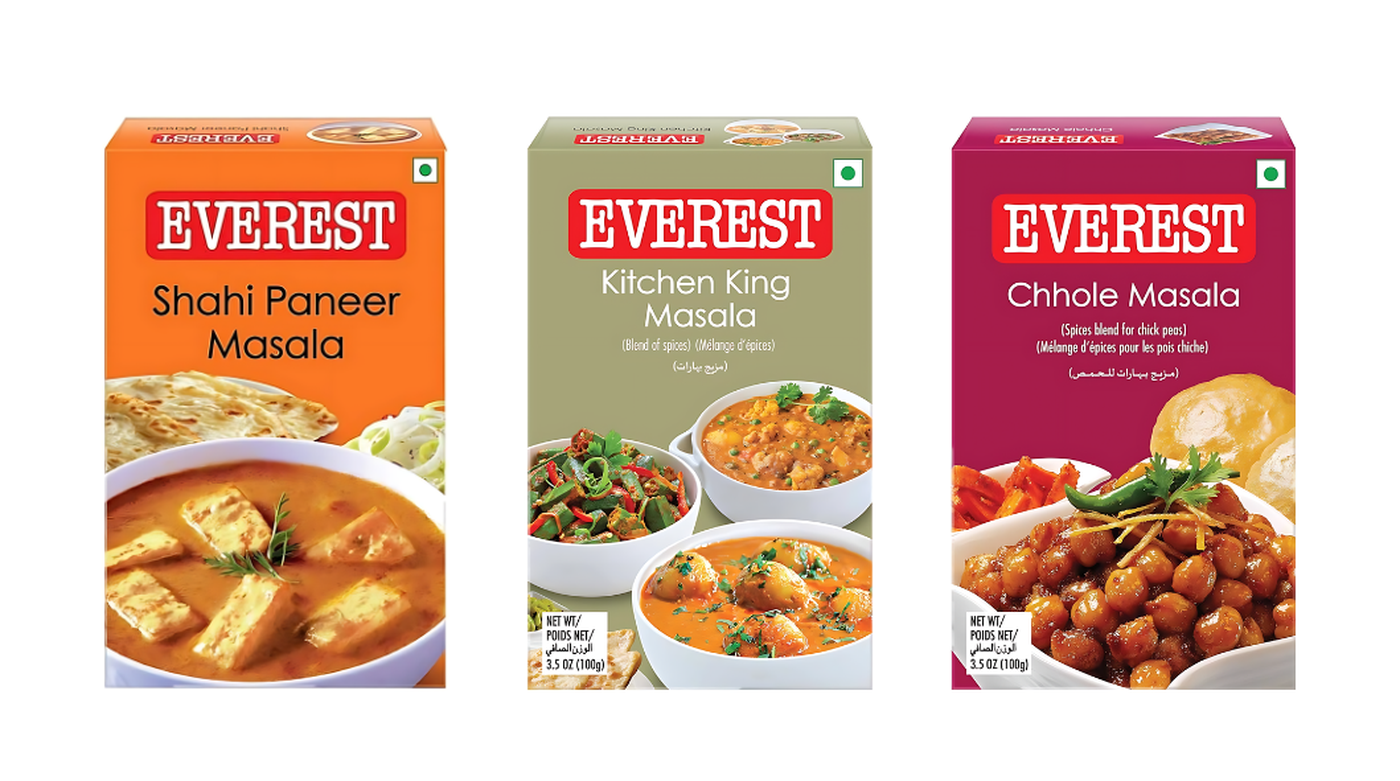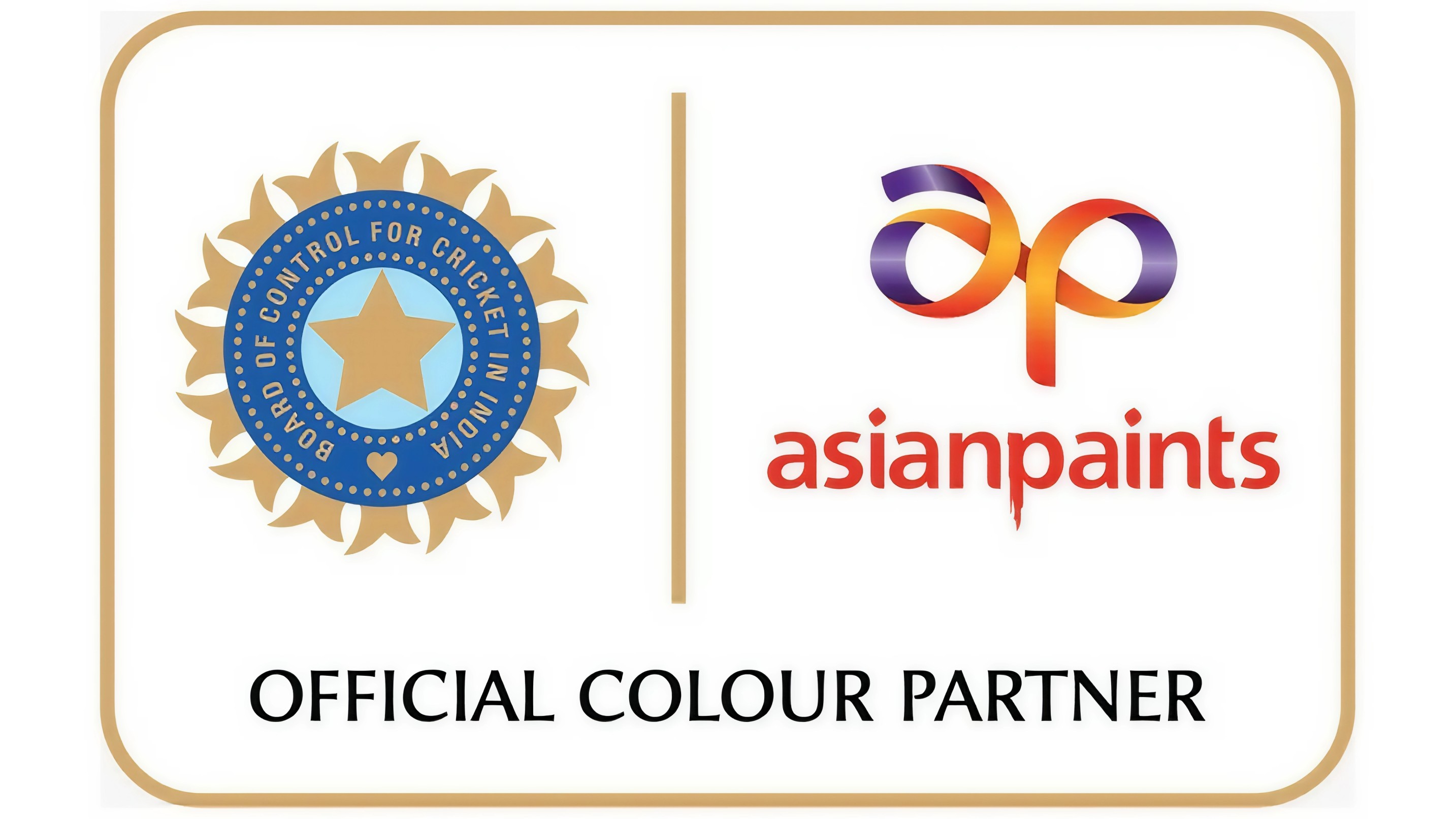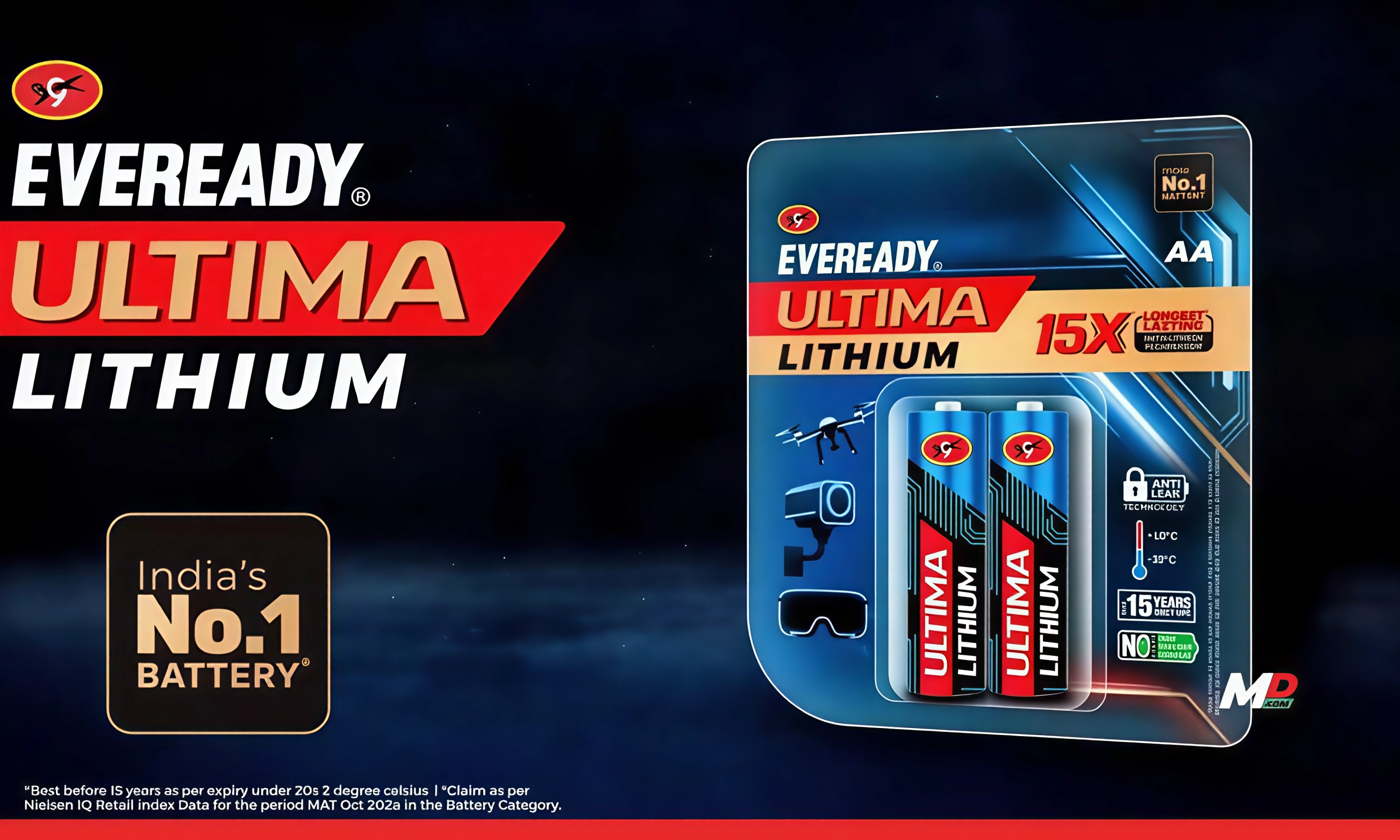The government recently discovered that some samples of Everest spices did not meet the strictest safety standards for ethylene oxide presence, set at 0.1 mg per kg. The Financial Express reported that the government has asked Everest to address these issues promptly. Meanwhile, all tested samples from MDH were found to be compliant with the standards.
Testing Results
An official close to the matter stated, "We tested samples from both companies. All 18 samples of MDH met the standards. However, out of 12 Everest samples, some were non-compliant. We have asked Everest to take corrective measures and are working with them to ensure compliance."
Industry Awareness and Alternatives
The official also mentioned that the maximum residue limit (MRL) requirements are evolving. The spices industry is aware of these changes. "We have had three industry-wide consultations on this issue. They are also exploring alternatives to using ethylene oxide. Many exporters are already using other technologies, which the industry is examining," the official added.
International Concerns and Recalls
This issue came to light after Hong Kong advised its citizens on April 5 to avoid consuming products from MDH and Everest due to the presence of ethylene oxide. Following this, Singapore, Australia, and Nepal also recalled these Indian spice products.
ADVERTISEMENT
Different Standards Worldwide
Countries have varying maximum residue limits for ethylene oxide. The EU's limit is between 0.02 and 0.1 mg per kg, Singapore’s is 50 mg per kg, and Japan's is 0.01 mg per kg.
Preventive Measures in India
India has issued detailed guidelines to prevent ethylene oxide contamination in spices meant for export. The government has implemented measures, including mandatory testing of spices being exported to countries like Singapore and Hong Kong.
















